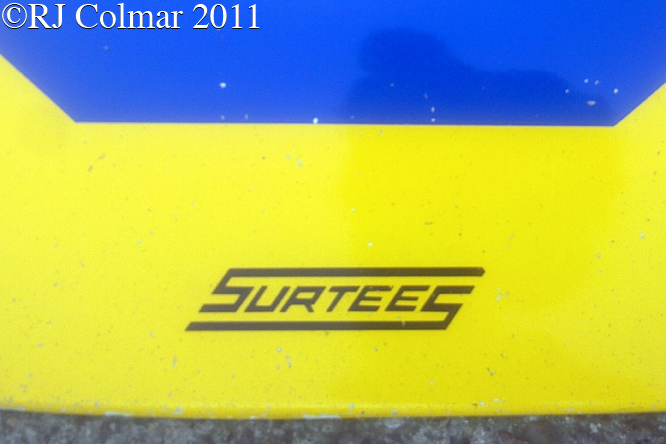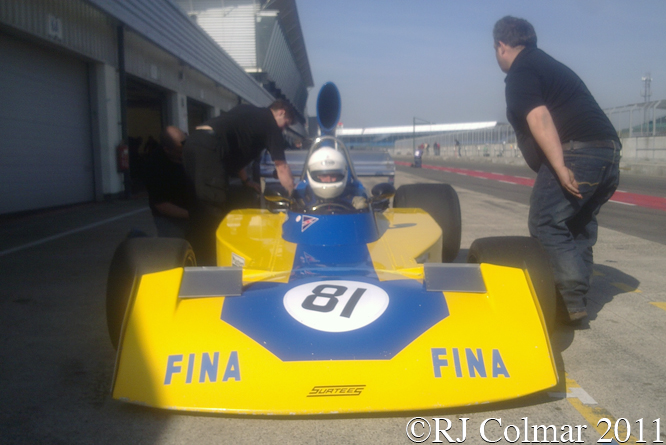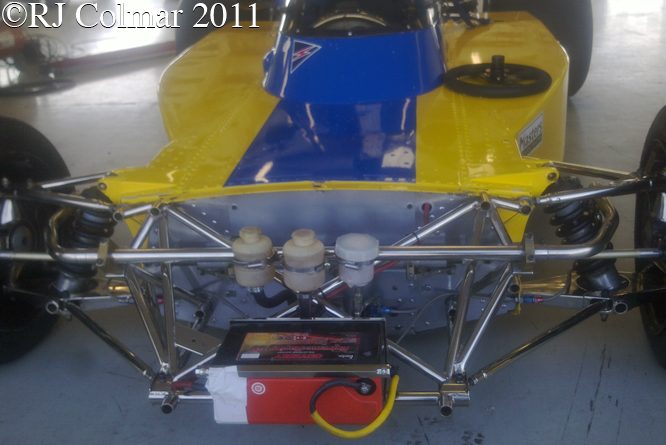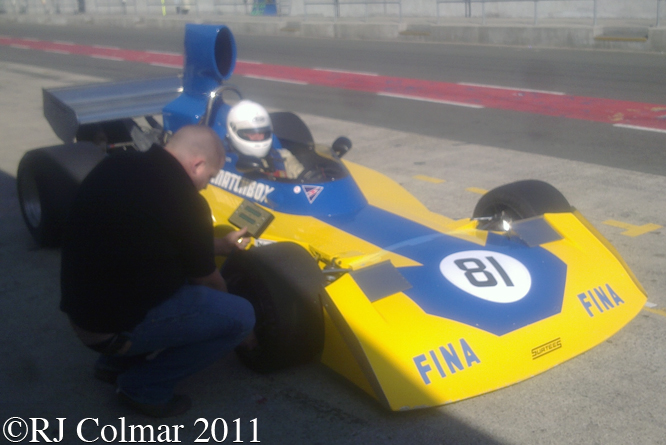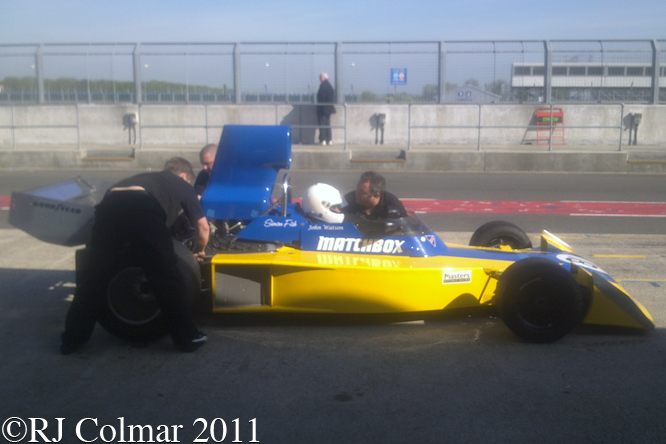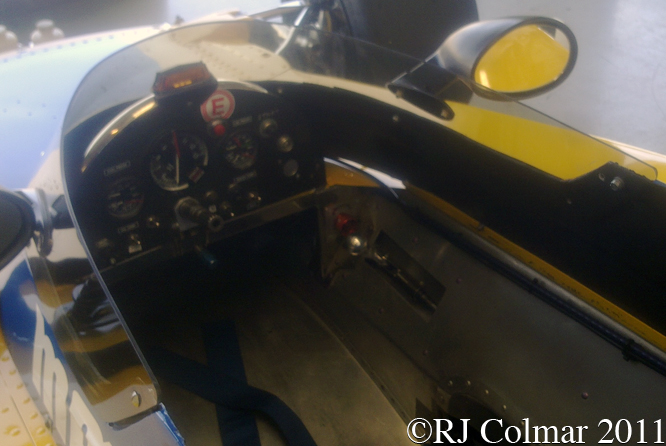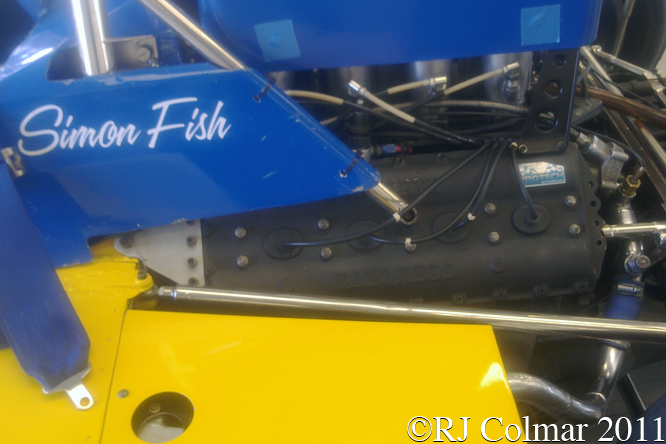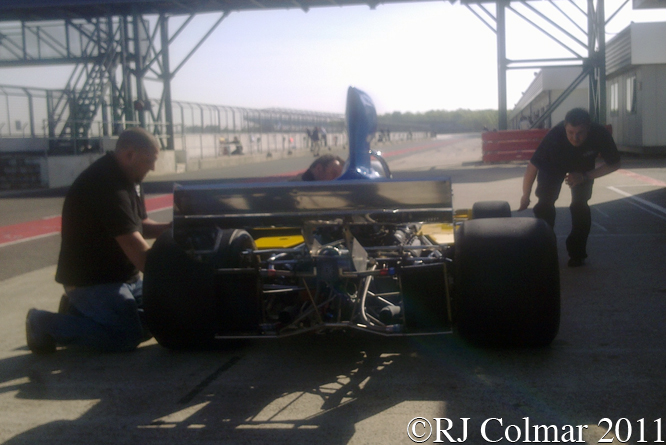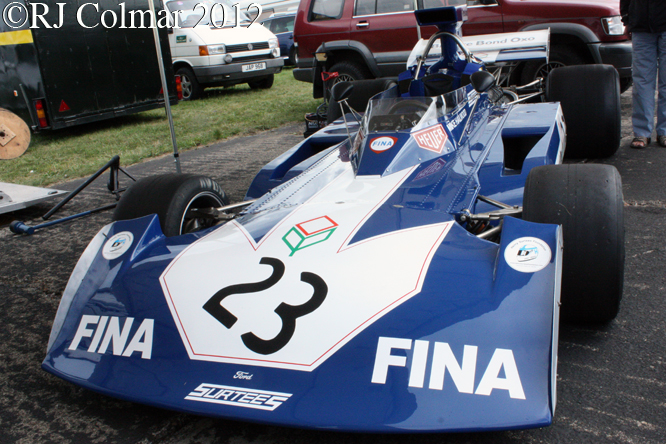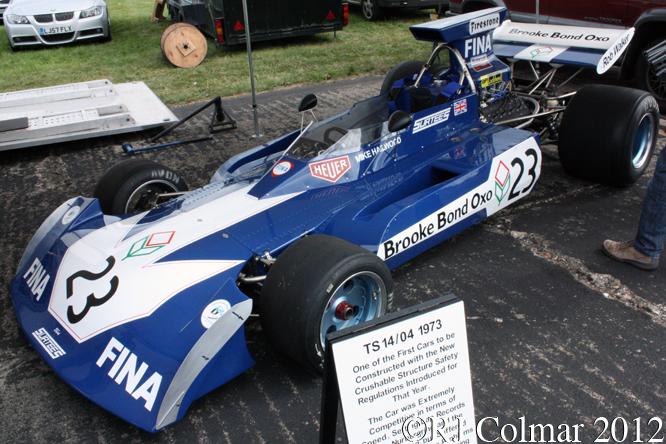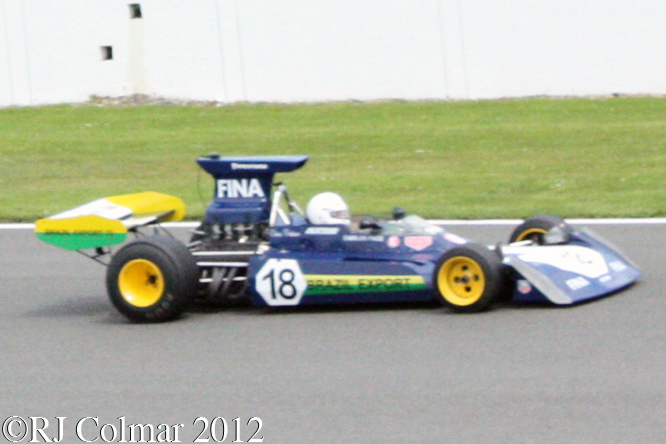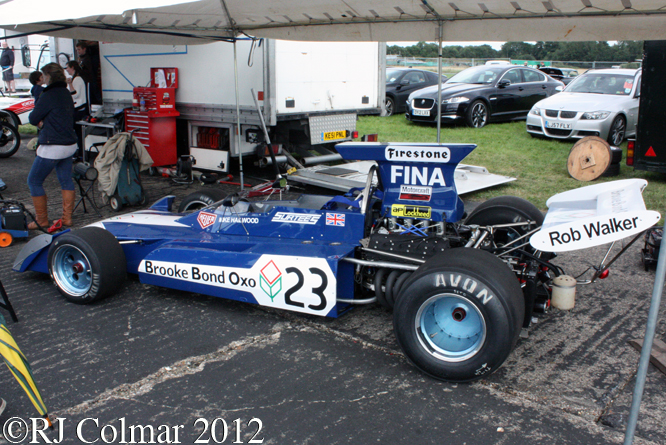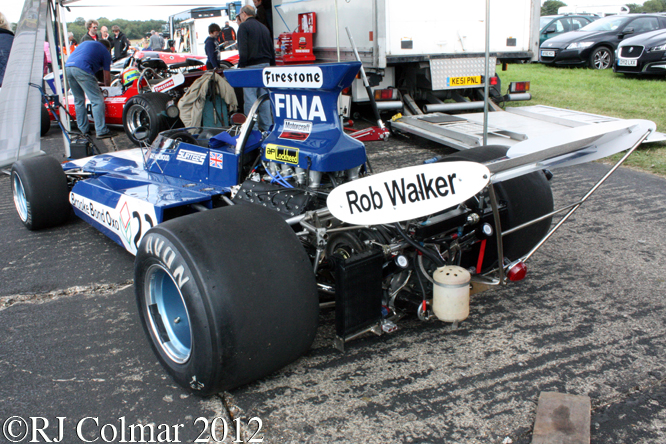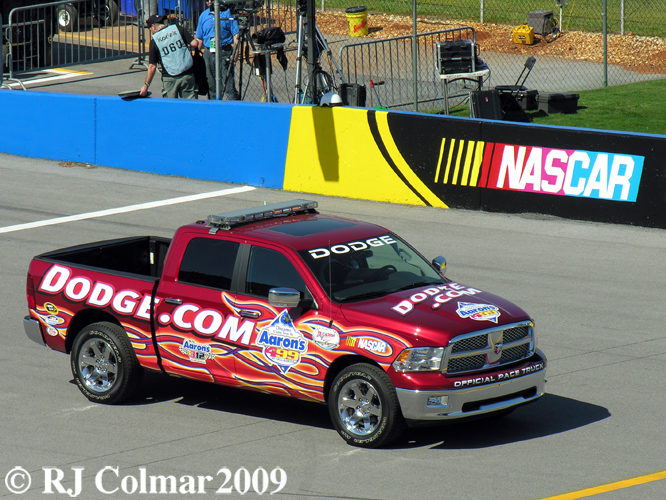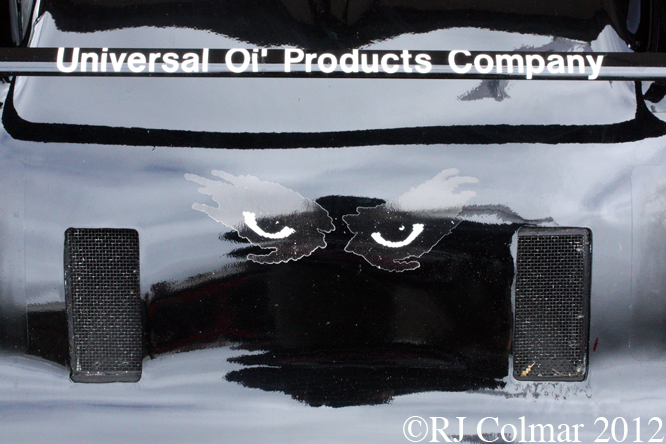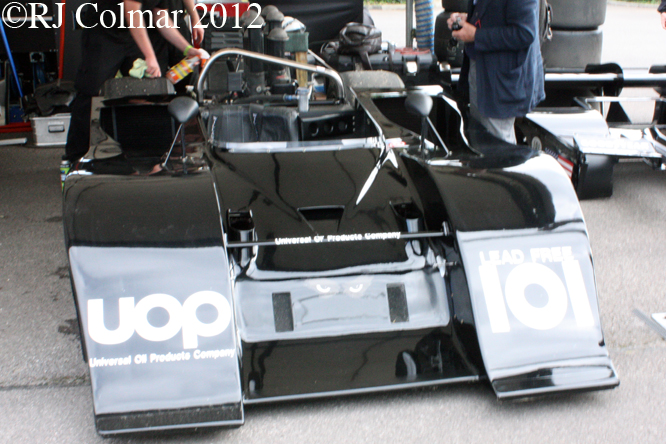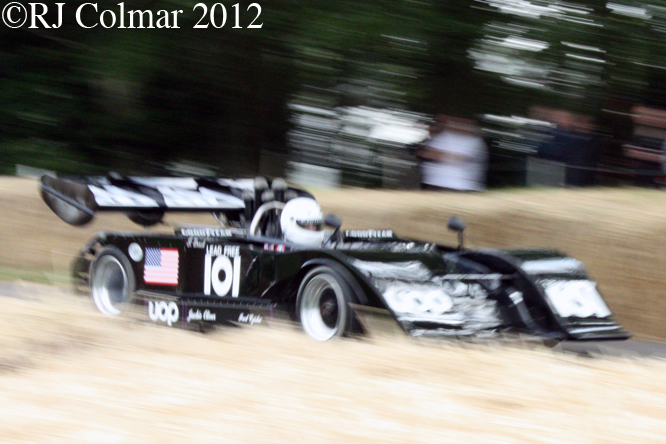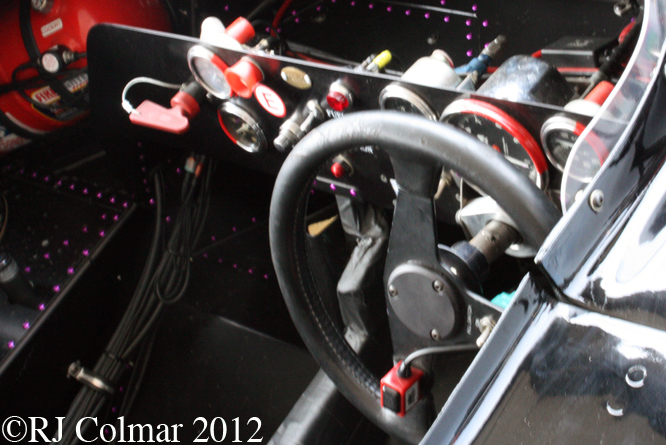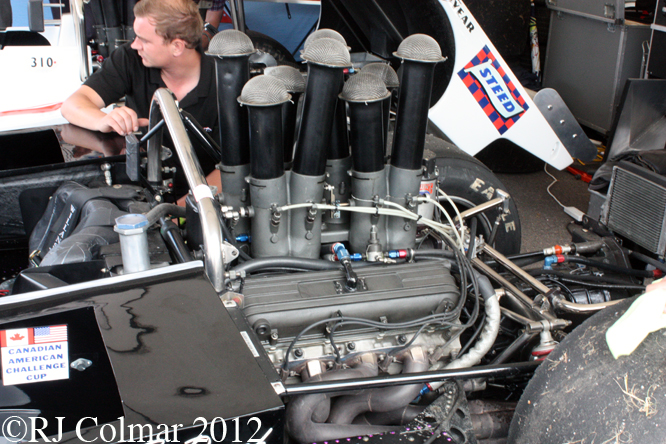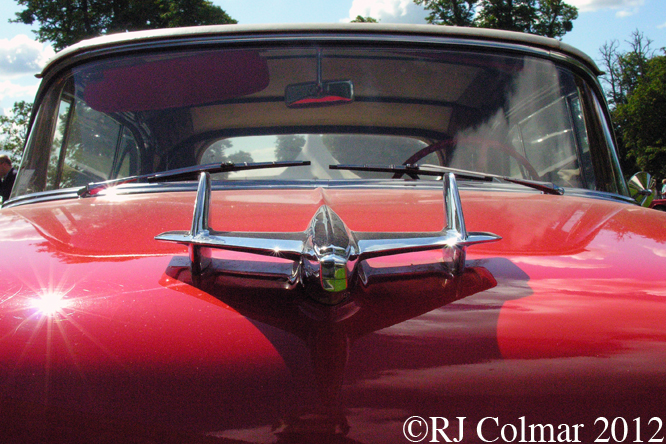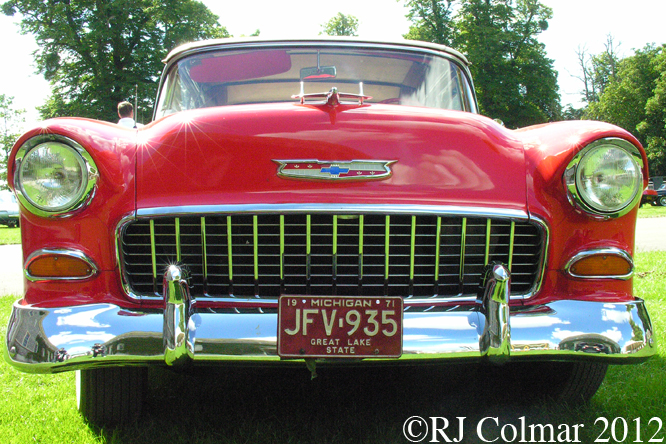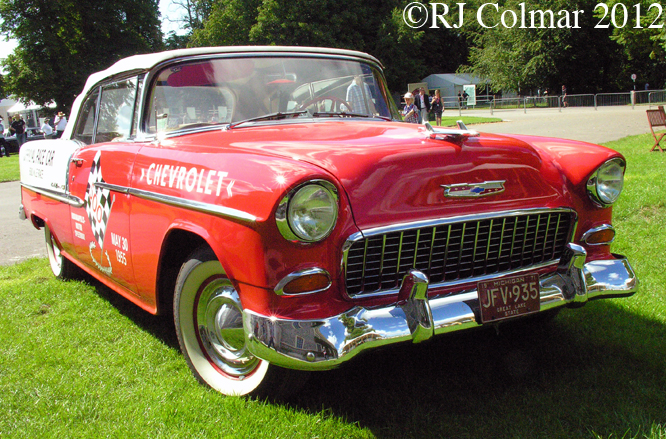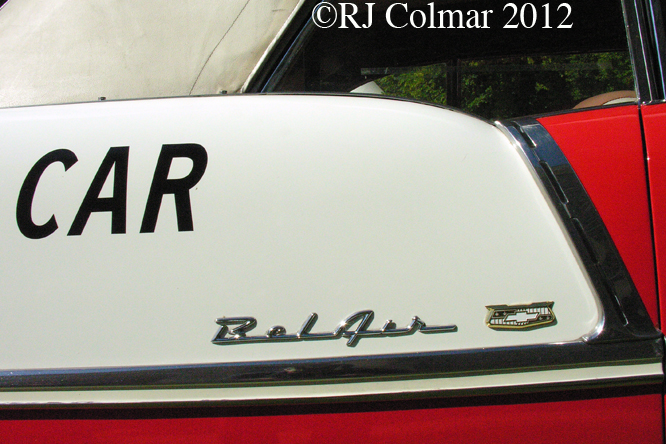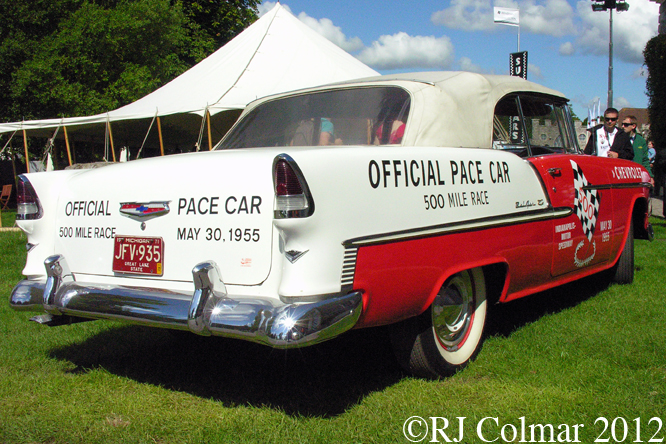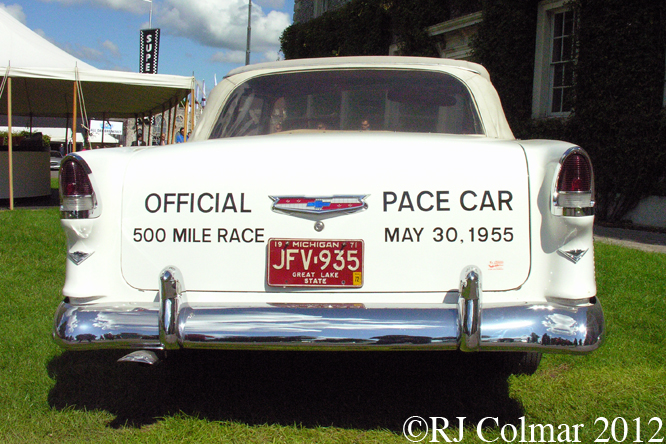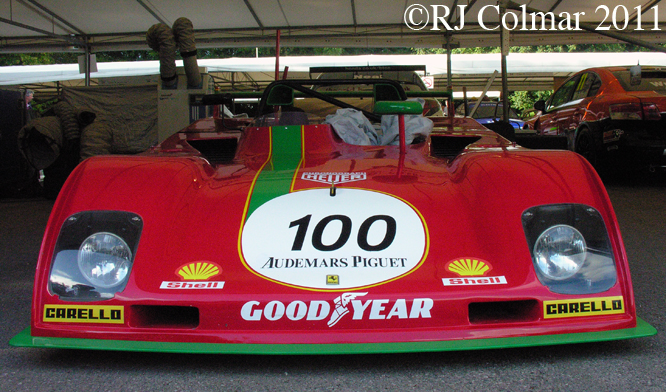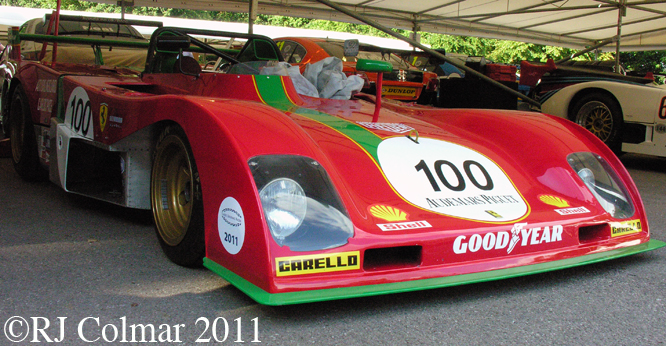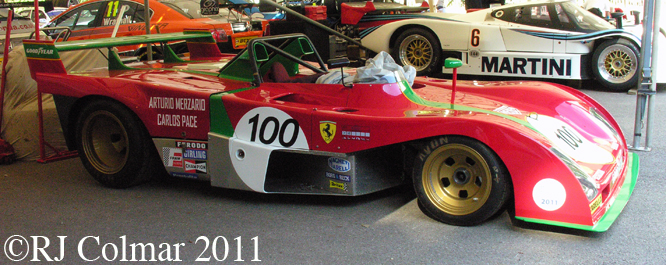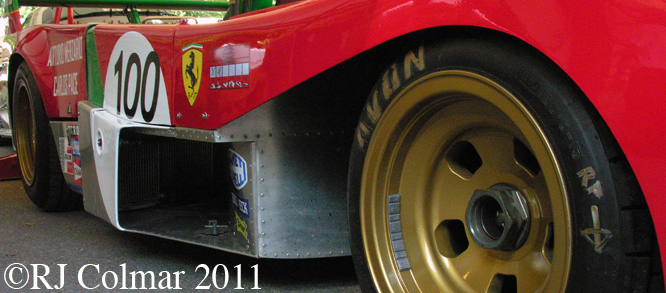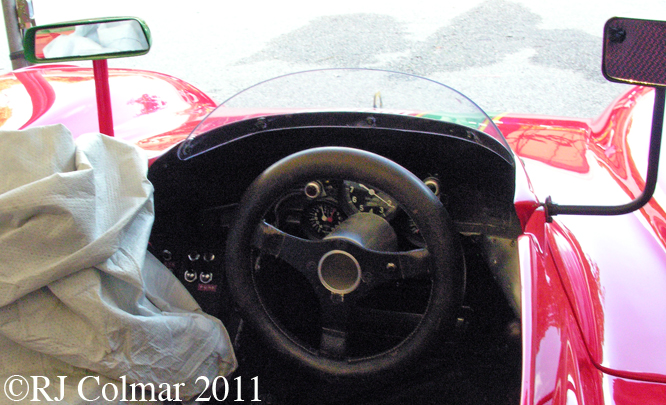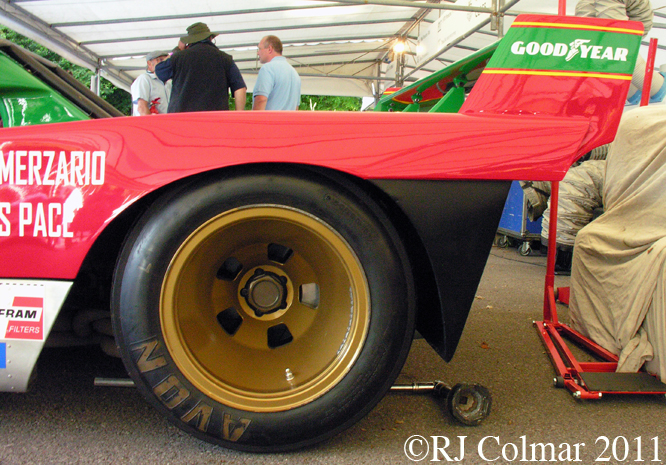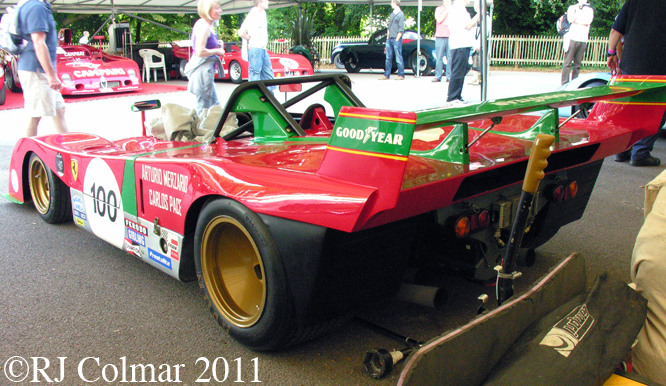Today’s featured Brabham BT42 chassis #BT42/3 was completed in time for Carlos Reutemann to compete in the 1973 Spanish Grand Prix where he retired with drive shaft failure.
During the remainder of the 1973 season Carlos drove #BT42/3 to two season high 3rd place finishes in France and the United States which with four other points paying finishes helped him secure 7th in the final Championship standings.
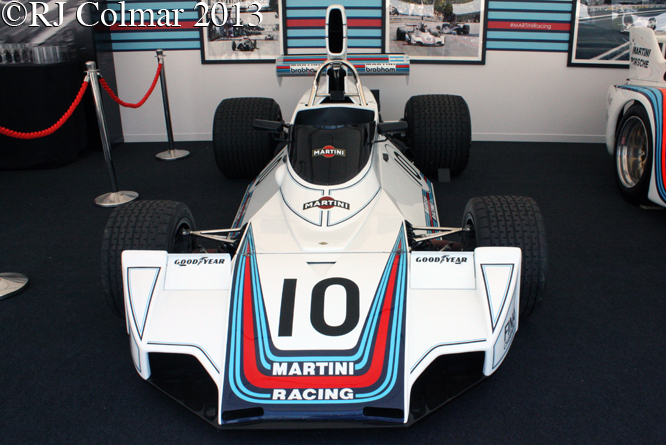
After finishing 4th in the 1973 constructors championship Gordon Murray set out to improve on his Brabham BT42 design with a new car, the BT44, that kept the same overall dimensions but was built with a strengthened chassis, more sophisticated rising rate front suspension and tidier bodywork.
Carlos Reutemann nearly won the 1974 season opening Argentinian Grand Prix retiring out of fuel from the lead on the the BT44’s debut, he also briefly led the Brazilian Grand Prix before winning the South African Grand Prix and latter adding victories in Austria and the United States, where team mate Carlos Pace finished second, to secure 6th in the drivers championship while Brabham rose to 5th in the constructors championship.
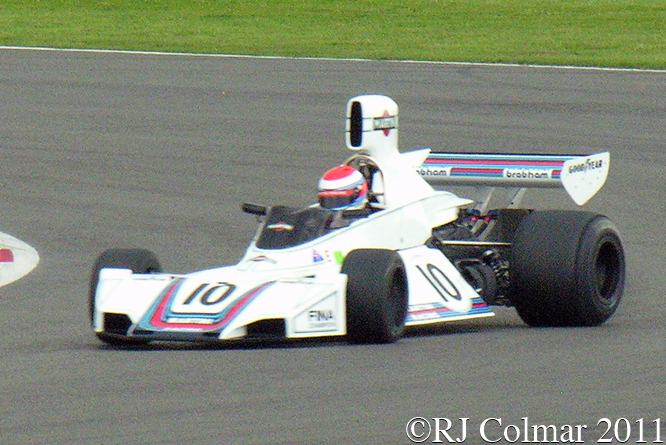
Meanwhile #BT42/3 was retained as a spare by Brabham for the opening two races of 1974 before appearing at non championship Race of Champions and International Trophy covered in the newer BT44 body work for the teams second driver rookie Richard Robarts to drive.
Richard who had already failed to impress team owner Bernie Ecclestone with his speed in Argentina and Brazil finished the two non championship events in 12th and 15th places respectively before being fired in favour of Liechtenstein’s Rikky von Opel of the car manufacturing dynasty.
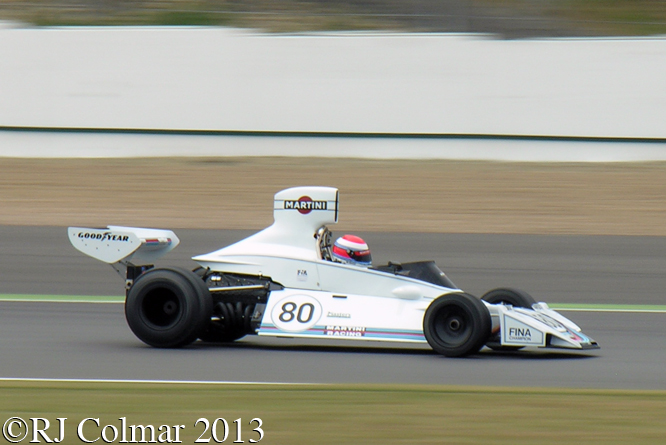
At the 1974 Belgian Grand Prix Brabham ran #BT42/3 for Teddy Pilette who finished his one off race with the team 18th from 27th on the grid.
Ricky like Richard also failed to impress Brabham’s management with his speed in five races leading up to the 1974 French Grand Prix the second event in which he had failed to qualify his Brabham BT44.
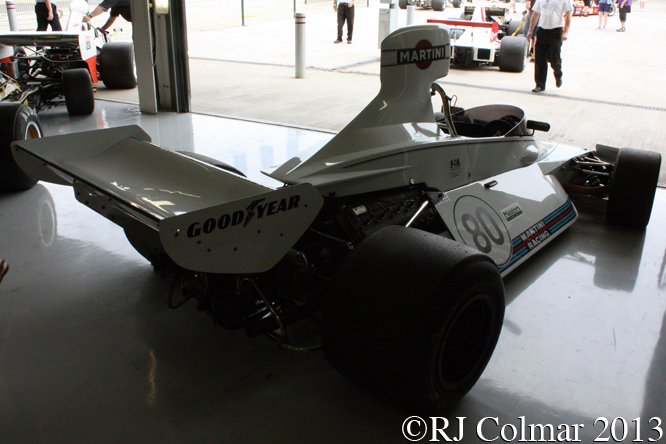
John Goldie Racing decided run #BT42/3 for Surtees refugee Carlos Pace in France, Carlos also failed to qualify, but made enough of an impression to be promoted to the Brabham works second seat for the remainder of the season while Ricky called time on his brief Formula One career.
Two weeks later Lella Lombardi unsuccessfully attempted to qualify #BT42/3 for the British Grand Prix while at the end of the season Canadian Eppie Weitzes completed 33 laps of the Canadian Grand Prix from 26th on the grid before retiring with an engine problem on the cars final in period appearance.
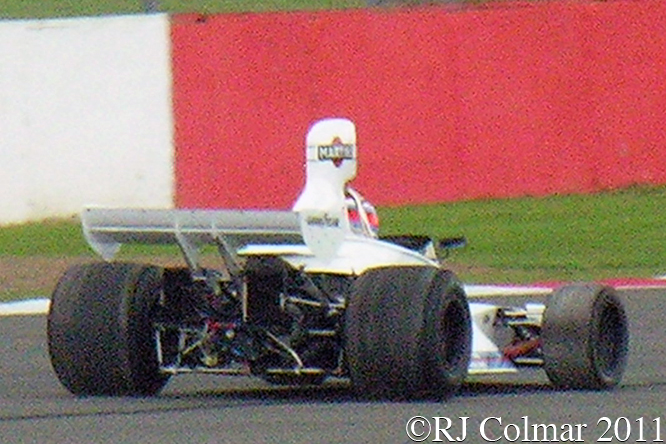
For 1975 Martini sponsored the Brabham team which ran B spec BT44’s and despite the Carlos’s each only winning one race, Pace in Brazil and Reutemann in Germany, improved reliability meant Reutemann finished 3rd in the drivers Championship, while Brabham rose to 2nd in the Constructors Championship.
The self effacing Manfredo Rossi di Montelera, of the Martini & Rossi dynasty, is seen driving #BT42/3 at a couple of recent Silverstone Classic events in these photographs, the most recent of which can be seen from an on board camera on this linked video clip.
Thanks for joining me on this ’73 Chassis ’74 Body ’75 Paint edition of “Gettin’ a li’l psycho on tyres” I hope you will join me again for Maserati Monday tomorrow. Don’t forget to come back now !


